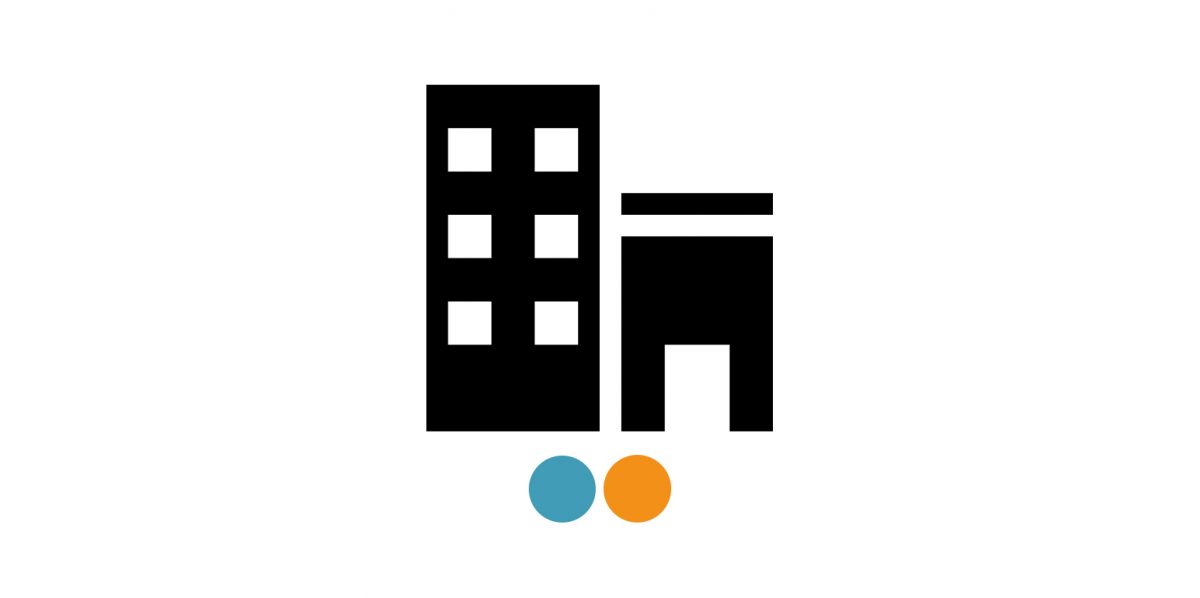The deployment of physical assets in the built environment (e.g. buildings, houses, cities) usually is carried out without taking proper account of Internet of Things (IoT) or security features. Often, these must be added at a later stage, usually supported by Building Automation Systems (BAS). The Building Information Model (BIM) approach has been mandated by UK Government for all future procurement of buildings and similar entities. However, the non-proprietary interchange standards (IFC, COBie) existing are not suited for the adoption of IoT and security into BIM. However, although the non-proprietary interchange standards will be able to support IoT and security, the use of files as persistent data is not the most efficient way. In addition, the deployment of an IoT scenario to support an smartbuilding is a multistakeholder process, where several users and technologies are involved.
In our work, we present EBIS (Extending Smartbuilding Deployment descriptions to include IoT, Networks, Data and Security), a framework composed by 1) a methodology to address, from the scratch, the deployment of an IoT scenario using BIM; 2) a set of tools to be used by the different stakeholders to construct the IoT scenario according to the requirements across the application of the methodology and, finally, 3) a set of design elements required to support IoT features and security aspects.
From a technical point of view, our project is based in the use of a Security Identity Data Management System (SIDMS), where we consider each physical asset as a digital object. In our case, we use Handle System, which support security and privacy constrains and enable the possibility to add new attributes at any time (See Handle document enclosed).
From a design point of view, EBIS use the concept of template (providing a specification and implementation): a new recursive-based definition that allows the data structure representation of any physical asset as a Digital Object, where this template could be defined only partially, and then be defined more fully in specific environments. The design of templates is based in a customized hierarchical structure to support any physical asset structure or data description through digital objects supported by the Handle system and inheriting their security aspects (Authentication, Authorisation through Access Control Lists – ACL-). In this way, each physical asset (represented by a unique digital object), could be described by different digital objects that represent different templates, enabling the multiple description of the same asset in specific environments (See Template document enclosed).
In order to validate the EBIS framework, we have been working in a Proof of Concept (PoC), where several technologies such as LoRa have been used, and several applications have been developed to test the framework. In this PoC, a random building, represented in IFC, has been used (See PoC document enclosed). However, one of the main goal of our work is to validate EBIS with industrial partners, deploying our work in real built environments.
Target Outcomes:
- Use Digital Objects instead file-based systems to represent smart buildings (BIM) but based on BIM interchange format extensions such as IFC.
- Provide security techniques to ensure authorization and authentication of the different stakeholders.
- Extend the template concept implemented in the PoC, develop a full specification and implementation of the template concept, in order to be able to use it in any built environment with security constrains.
- Enable the use of the system by third-party IoT applications through the SIDMS.
- Deploy a PoC with industrial partners in real built environments.
Documents:

